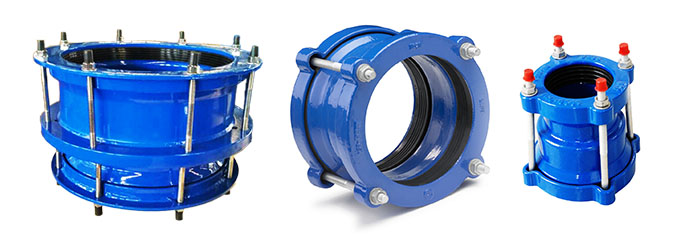Analysis of Evaporation Heat Transfer of Micro Heat Pipes for Cooling Electronic Devices FAN Chunli 1 QU Wei 2 YANG Li 1 HUA Shunfang 1 MA Tongze 2 “l. Department of Power Engineering, Naval University of Engineering, Wuhan 430033, China; 2. Research Institute of Engineering Thermophysics, Chinese Academy of Sciences Institute, Beijing 100080 research shows that: thin liquid film heat pipe evaporation heat transfer effect is much greater than the thick liquid film; solid-liquid contact angle gradually decreases in the evaporation section along the axial direction; heat transfer calculation of the heat pipe with rounded corners At the time, the relationship between the minimum meniscus radius and the processing radius is restricted, and it cannot be simply replaced by the machining fillet. Micro heat pipe is an emerging technology developed with the development of microelectronics technology. With the increase of the number of circuits in a computer chip, the dissipation of heat generated by it becomes more and more difficult. For example, the heat flow generated by chips of a host computer and a main computer has reached 60 W/cm2, and in 2000, it has exceeded 100 W/cm2. In addition to the requirement of the highest temperature on the chip, there is a higher requirement for the uniformity of the temperature. Therefore, the heat dissipation of electronic devices has become an increasingly important technology in the development and research of electronic products. The heat dissipation performance directly influences the final electronics. Product cost, reliability and performance. Microheaters are a promising technology that can be used in electronic devices to achieve high heat removal rates and temperature homogenization. Since Cotter proposed the concept of miniature heat pipes in 1984, a large number of theories have been performed on miniature heat pipes, which consist of an evaporation section, an adiabatic section, and a condensation section. The liquid film distribution is as shown. For the evaporating section, it is assumed that: 1 the steam temperature is at the saturated temperature of the working fluid and there is no gradient along the axial direction. 2 The heat pipe is in a stable working condition. 3 In any axial section, the radius of the meniscus of each corner area is a constant value and only changes in the axial direction. 4 Any section of the heat pipe has uniform wall temperature and only changes in the axial direction. Temperature and steam temperature, T is the average value of steam temperature, liquid temperature, and vapor-liquid interface temperature, surface tension, K is meniscus curvature, and p (i is the disengagement pressure). In the equilibrium film area, the detachment pressure plays a dominant role. Take T. as the saturation temperature Tsat of the working fluid, and qm(.=0) can obtain the liquid film thickness in the boundary line area where A is the Hamakei constant and Tw is the heat pipe wall. temperature. The second-order differential equation 141 for thin film thickness is solved by analyzing the flow and heat transfer: Pi is the viscosity of the liquid. Since the liquid film thickness in the evaporating thin liquid film area is very small, the heat conduction heat flux of the liquid film is (surface thermal resistance Ri): the distribution pattern of the liquid film on the wall It can be imagined that when the heat pipe reaches the maximum heat transfer capacity, the processing fillet at the end of the evaporation section is reached. On the upper end of the layer of evaporating liquid film is exactly the transitional position of the balance film area and the evaporation film area. If the microscopic liquid film area includes two parts, and one part is the equilibrium film area, the liquid film thickness in this part is very small. Due to the influence of the detachment pressure, evaporation of the liquid film is suppressed, and the evaporation amount is almost the thermal conductivity coefficient in which ki is a liquid. Equation (2) can be solved by the fourth-order Runge-Kutta method. The value of T* in each step can be obtained by iteratively coupled equations (1) and (3), so that the circumferential distribution of T* and heat flux in the thin liquid film can be obtained. 2 Meniscus area in the meniscus of the meniscus at any point in the circumferential direction
PSL wide tolerance stepped couplings are designed to join pipes with different sized outside diameters(use Restraint Coupling). This range is cast from ductile iron and is a cost effective solution in situations usually joining pipes consisting of different materials. PSL wide tollerance stepped couplings are finished with a variety of WRAS approved coatings, suitable for potable water. There are also a range of coatings for our wide tollerance stepped couplings designed for sewerage applications.
Stepped Coupling,Ductile Iron Stepped Coupling,Universal Step Coupling,Stepped Flexible Coupling,Restraint Coupling SHANDONG PIPESOL FLOW EQUIPMENT CO.,LTD , https://www.sinopipesol.com